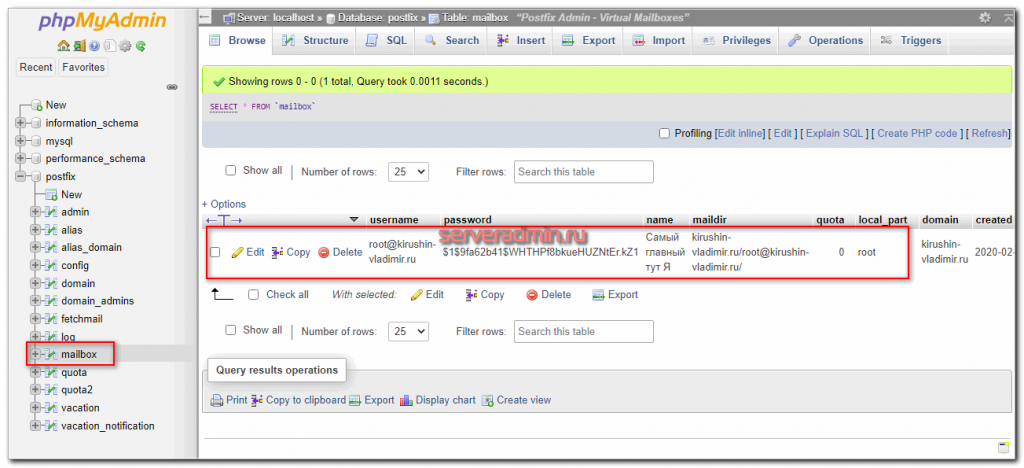DKIM (DomainKeys Identified Mail) is an important authentication mechanism to help protect both email receivers and email senders from forged and phishing email. DKIM will sign outbound message, and receiving servers will check that signature against DNS records is added to your zone to verify the signature and lower the spam score if it passes. Introduction to DKIM DomainKeys Identified Mail or DKIM is a standard for signing email messages so that the recipient can verify the sender's email address. This allows recipient mail servers to detect sender address forgery, which is often used by spammers to avoid sender domain blacklists. Browse other questions tagged centos postfix dkim or ask your own question. Ea sports cricket game 2015. The Overflow Blog The Overflow #42: Bugs vs. How to put machine learning.
DKIM is an authentication framework which stores public-keys in DNS and digitally signs emails on a domain basis. It was created as a result of merging Yahoo's domainkeys and Cisco's Identified Internet mail specification. It is defined in RFC 4871. We will be using the milter implementation of dkim on CentOS 5.1. OpenDkim + Postfix + Centos 11.5: DKIM check fail (wrong bo. Post by charly75 » Thu Dec 26, 2013 10:15 am Hi.
DKIM (DomainKeys Identified Mail) is a method of signing electronic emails using public-private key. DKIM is used by receiving mail server for identifying email, that they are sent by authorized mail servers. It also minimizes the possibility of getting emails SPAM.
This tutorial will provide you a quick and easy way to set up DomainKeys with your POSTFIX running on CentOS and RHEL systems.
How DKIM Works ?
When we configured DKIM on sending servers. First, we generated a public/private key pair for signing outgoing messages. The public key is configured as TXT record on a domains name server, and the private key is configured in the outbound email server. When an email is sent by an authorized user of the email server, the server uses the stored private key to generate a digital signature of the message, which is inserted in the message as a header, and the email is sent as normal.
Step 1 – Install DKIM-milter
First make sure you have enabled EPEL repository in your system. After that install dkim-milter package using following command.
Step 2 – Generate Key Pair
Now create DKIM key pair using dkim-genkey command line utility provided by dkim-milter package. For this tutorial we are using domain name 'example.com', Change this name with your actual names.
Above command will generate two files default.private and default.txt. You can created multiple DKIM keys for different-2 domains and configure with your postfix server.
Now set the proper permissions on Keys directory.

Step 3 – Configure OpenDKIM
Edit the Opendkim configuration file and Add/Update following entries in file.
Postfix Dkim Centos Server
Then edit the domain keys lists setting file /etc/opendkim/KeyTable and add following entry.
After that edit /etc/opendkim/SigningTable file and update following entry.
Postfix Dkim Centos Key
And edit /etc/opendkim/TrustedHosts file and update following entry.
Step 4 – Configure Postfix

Step 3 – Configure OpenDKIM
Edit the Opendkim configuration file and Add/Update following entries in file.
Postfix Dkim Centos Server
Then edit the domain keys lists setting file /etc/opendkim/KeyTable and add following entry.
After that edit /etc/opendkim/SigningTable file and update following entry.
Postfix Dkim Centos Key
And edit /etc/opendkim/TrustedHosts file and update following entry.
Step 4 – Configure Postfix
Now edit POSTFIX configuration file /etc/postfix/main.cf and add following values at the end of file
finally start DKIM service using following command
Postfix Dkim Centos 5
Step 5 – Configure DNS Entry
After configuring private key in postfix server. there will be another file /etc/opendkim/keys/example.com/default.txt/strong> generated by opendkim-genkey. Edit your DNS zone file and add this as TXT record found in default.txt. In my case this is like below.
Step 6 – Verify DKIM
To verify that DKIM is working properly. Let's send a test email through command line
Postfix Dkim Centos
In the received email in our mailbox, open the source of the email and search for 'DKIM-Signature'. You will find something like below
